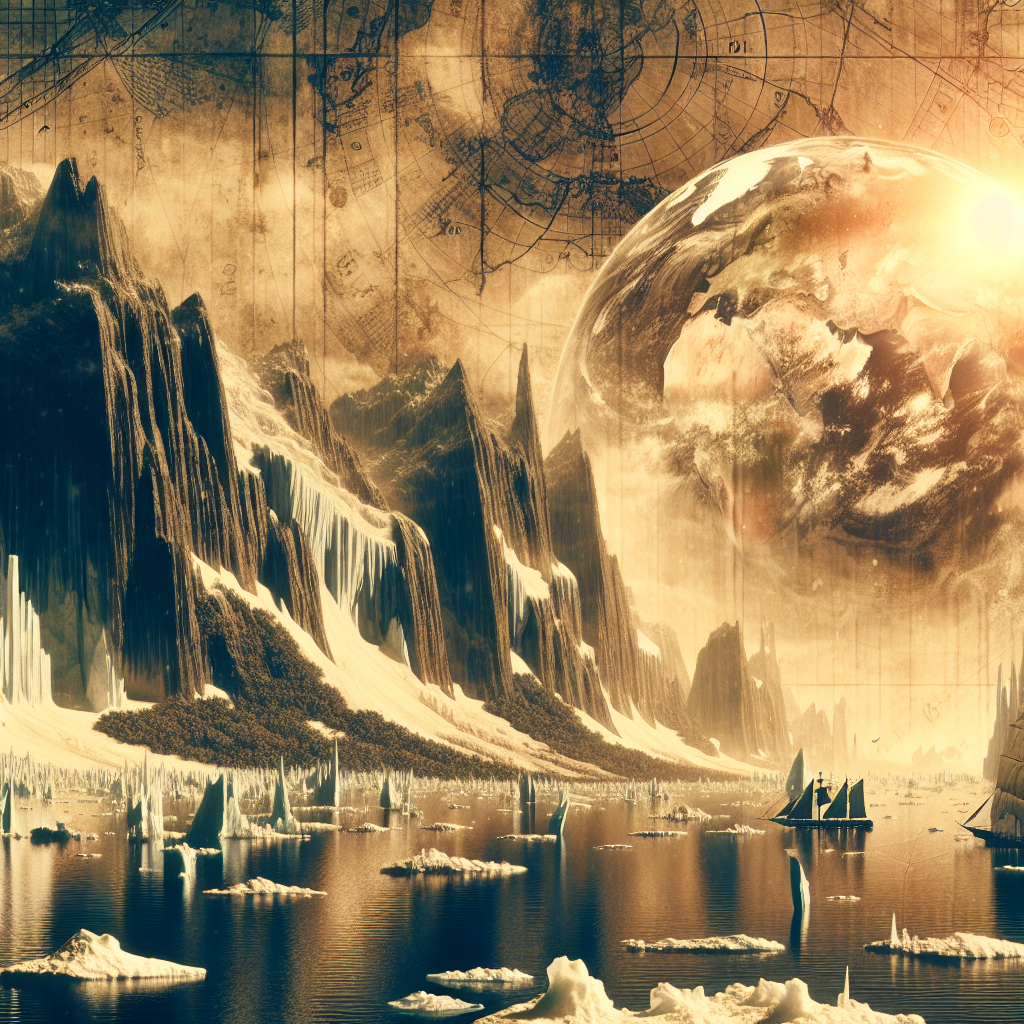
There's something almost poetic about waking up to a world transformed by frost: each blade of grass, leaf, and branch dusted with intricate ice crystals. But this icy art, while undeniably beautiful, poses a dramatic question for plants: to freeze or to bear the chill?
The Phenomenon of Frost Formation
Frost formation occurs when temperatures drop below freezing, leading to the condensation and freezing of water vapor. This ethereal marvel, however, is a critical survival challenge for flora and fauna. When temperatures plummet, water within plant cells freezes, expanding and potentially causing cell walls to rupture. This seemingly delicate dance of water molecules underpins a brutally competitive biological reality: adapt, endure, or perish.
The Mechanics of Freezing
To truly appreciate what's occurring in the leaf as temperatures approach the brink of freezing, we must venture into the realm of molecular biology. The life-sustaining water inside cells, when frozen, expands. This is because water molecules arrange themselves in a crystalline structure when frozen, taking up more space than in their liquid state. This expansion can obliterate cell membranes, leading to cell death.
Some plants have evolved remarkable adaptations to avoid this fate. Certain species produce antifreeze proteins and accumulate solutes such as sugars, allowing them to survive in sub-zero temperatures without damaging their cellular structures.
Why Some Plants Freeze and Die
Environmental conditions dictate whether a plant can endure frost. Tropical and subtropical plants, which are not exposed to freezing temperatures naturally, often face dire consequences when confronted with frost. Without evolutionary pressure to develop mechanisms for dealing with cold temperatures, these plants may lack the antifreeze proteins or solute concentrations necessary to protect their cells.
Cold-Hardy Champions
Conversely, certain species are frost fighters! Plants such as conifers and certain deciduous trees have evolved to thrive in cold environments, showcasing nature's incredible resilience. These plants often enter a state of dormancy, whereby metabolic activities are reduced to a minimum, conserving energy and resources until spring.
For animals, the process is equally fascinating. Some insects produce glycerol, a form of natural antifreeze, to survive winter's bite. Reptiles like certain types of turtles and frogs can survive being completely frozen, their bodies entering a state of suspended animation until temperatures rise again.
Human Impact on Frost Patterns
But what about humans? Our influence on the environment may also be shifting frost dynamics. Climate change, driven by global warming, alters precipitation patterns and affects how frost cycles impact ecosystems. Areas that once experienced consistent frost seasons may now face erratic frost events, presenting new challenges for agriculture and biodiversity.
The Future of Frost-Effected Landscapes
As we look toward the future, understanding frost and its broader ecological impacts will be vital. Developing frost-resistant crops through biotechnological means is one avenue scientists are exploring to ensure food security. Meanwhile, conservation efforts focus on safeguarding frost-affected habitats to protect species that are vulnerable to climate-induced habitat shifts.
Optimism and Action
While the notion of frost presents both a science and a challenge, it also offers an opportunity for innovation and learning. By studying plant and animal adaptations, we can devise new strategies for resilience in a changing climate. Humanity’s collaborative spirit and scientific ingenuity give us every reason to be optimistic about confronting the perplexing dance of frost in our world.
Let’s embrace the marvel that is frost—not merely as a quiet enemy for some, but as a testament to the incredible adaptability of life on Earth.
Whether you're a gardener, a farmer, or simply someone who enjoys the aesthetic of a winter wonderland, understanding the science of frost helps us appreciate the hidden complexities of our planet's ecosystems.

